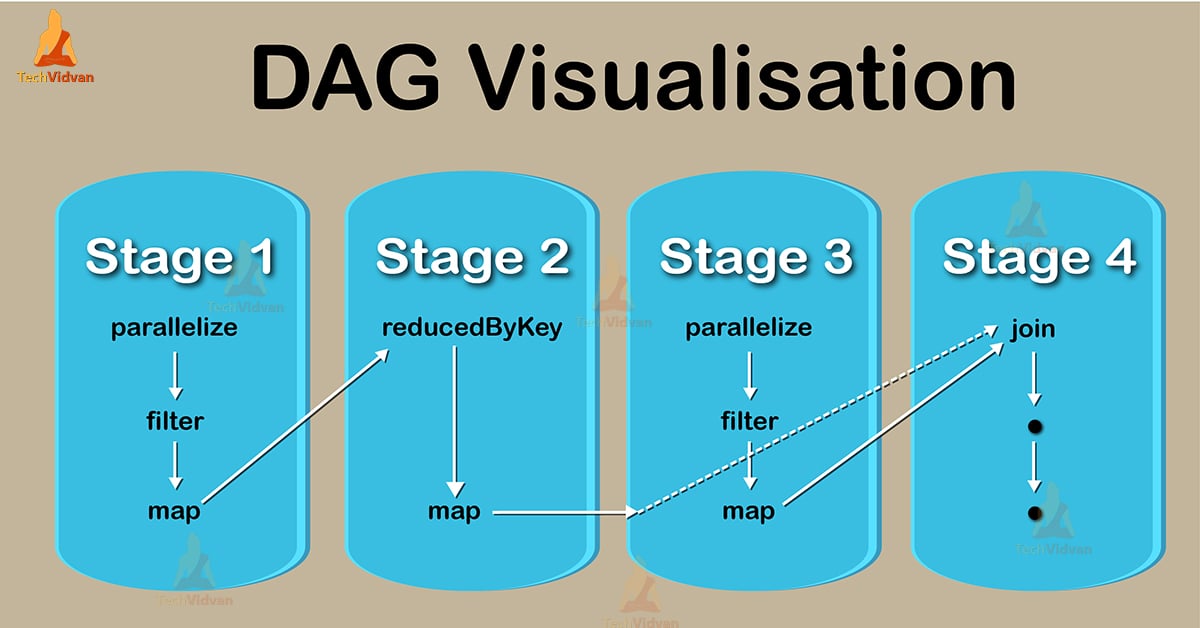

- Applications of dag in compiler design software#
- Applications of dag in compiler design code#
Perform the lexical analysis of the following statement x = y + 10.
Identify token which is not a part of the languageĮxample of Lexical Analysis in Compiler design. Lexical Analysis Ignore the comments in the source code. For example, we can classify them into reserved words, constants, and enter them in different tables. Classify the lexical units into classes. Identification of the lexical units present in the source code. The primary functions of the Lexical Analysis are mentioned below 
It makes the entry of the corresponding tickets into the symbol table and passes that token to the next phase. In other words, we can say that characters from the source program are grouped into the meaningful sequences of the characters by identifying the possible tokens in the source code.

During the Lexical Analysis phase, we group these characters into tokens.es
Applications of dag in compiler design code#
This scanning process of the source code can be character by character and from left to right. During Lexical Analysis, the compiler scans the source code. Lexical Analysis is the first phase of the compiler design. Stream of tokens consists of identifiers, keywords, separators, operators, and literals. The output of the lexical analyzer phase is the stream of tokens. What is the output of the lexical analyzer? Phase 1 (Compiler design): Lexical Analysis
optimizing the source code by different phases. These 6 phases of the compiler convert the source code by performing the following actions The phases of a compiler are mentioned below Each of the phase help in converting the source code in high-level langue to the source in machine language. There is a total of 6 major phases in a compiler design. Every compiler phase takes inputs from its previous stage and gives its output to the next phase of the compiler for further processing. The compiler works in phases and each phase of the compiler transforms the source code from one representation to another representation. Phases of Compiler design Phases of CompilerĪ phase of a compiler takes input from the previous stage, processes and produces the output that can be used as input for the next stage of the compiler. The compiler generates the target program with the help of intermediate source code representation and symbol table during the synthesis phase. The synthesis phase is also known as the back-end of the compiler. When the program is in the Analysis phase, the compiler reads the source program, divides it into some core parts, and then checks the program for some errors just like lexical errors, grammar errors, and syntax errors.ĭuring the analysis phase, the compiler generates an intermediate representation of the source program and symbol table and should be fed to the Synthesis phase as an input. The Analysis Phase is also known as the front-end of the compiler. If we divide the compiler on the basis of the way in which the compiler compiles the program, then we can divide it into two phases. Applications of dag in compiler design software#
A compiler is special software that converts the high-level language code into machine code.







 0 kommentar(er)
0 kommentar(er)
